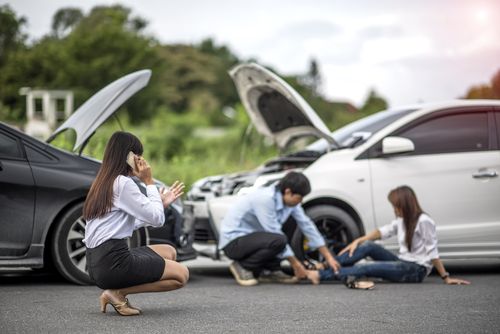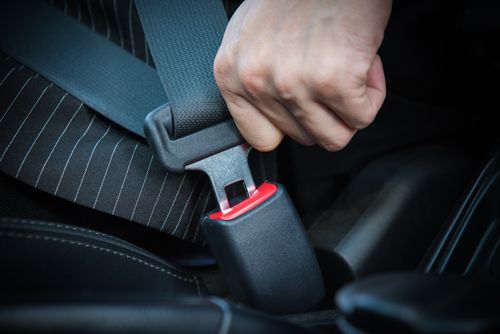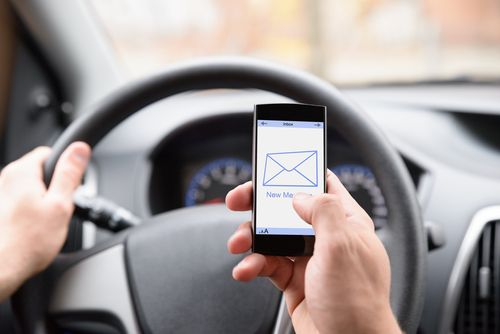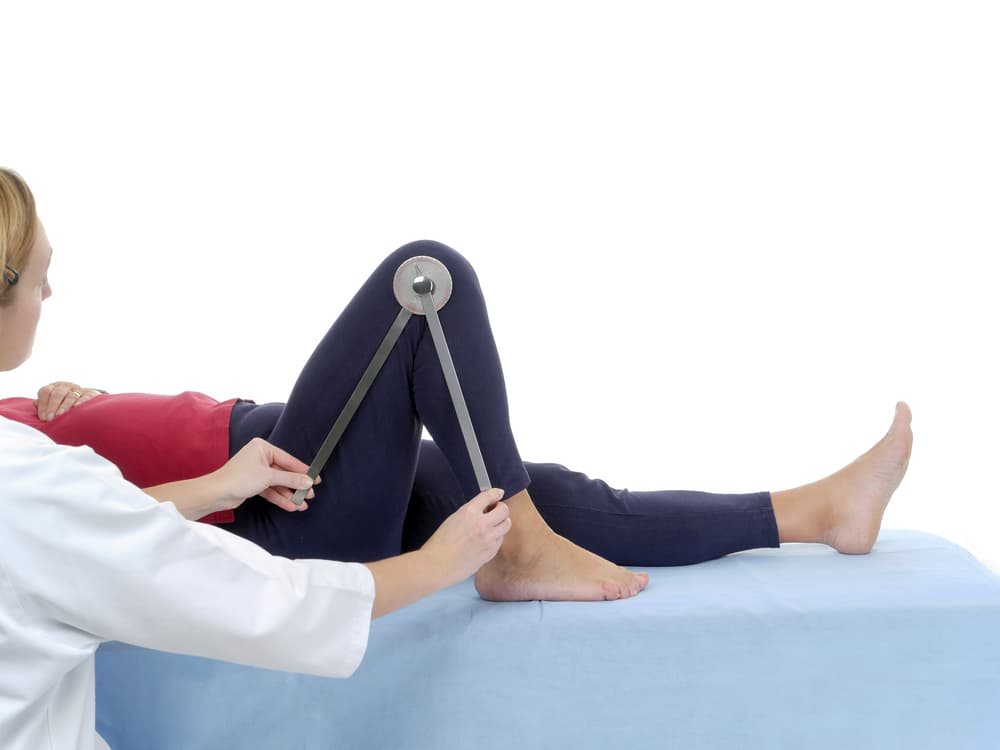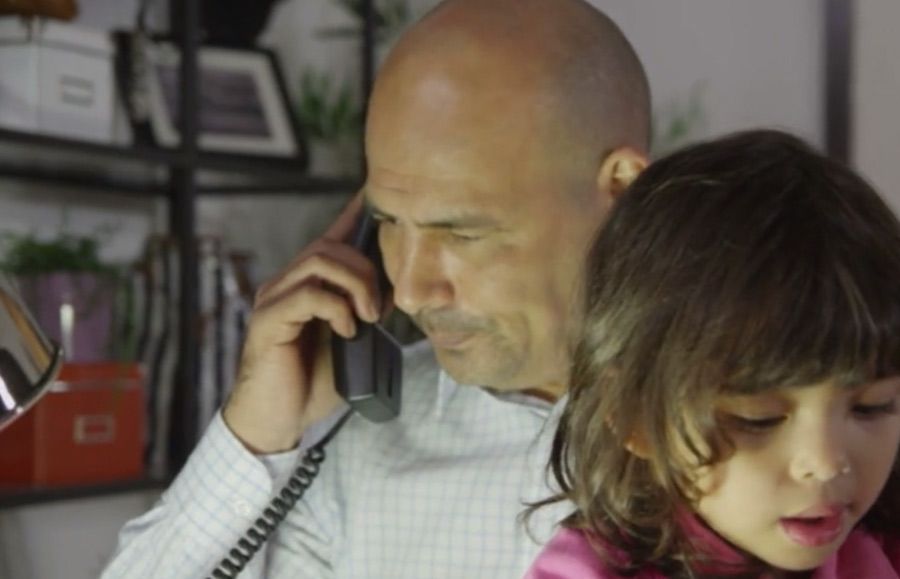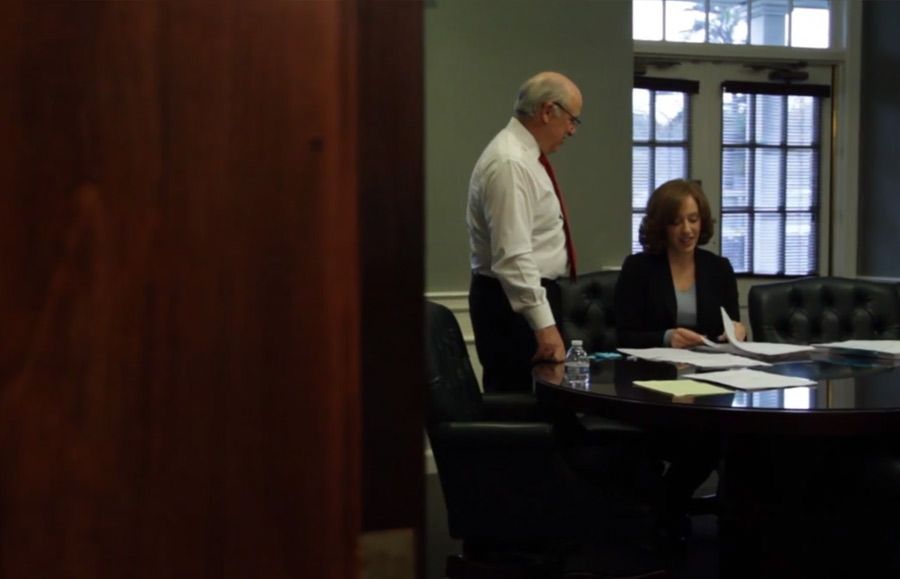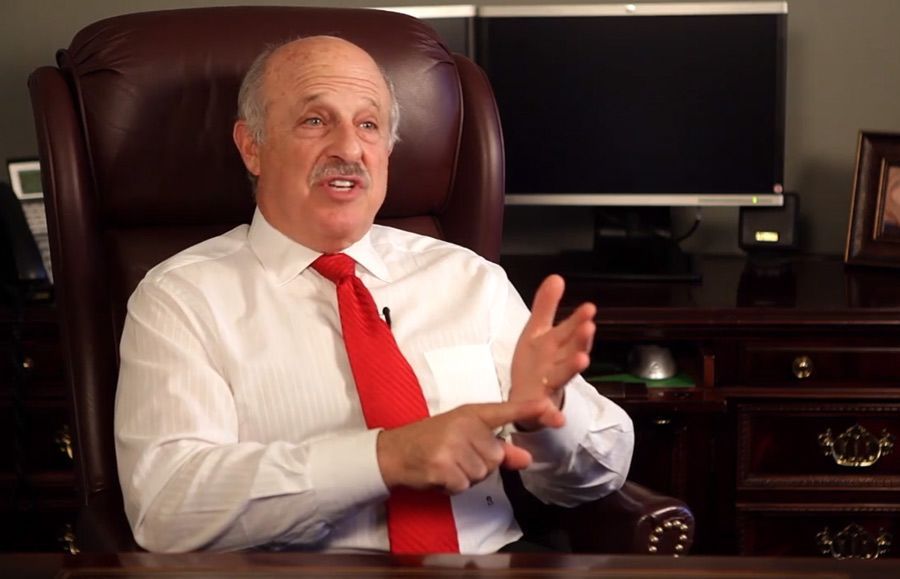There is always a risk of getting into a car accident when driving in a crowded city, t. However, some roads are worse than others, which is the case with the Hempstead Turnpike on Long Island.
State Route 24 highway runs from the eastern part of Queens to Farmingdale. Its 16 miles runs through several cities and towns, including Emont, Franklin Square, West Hempstead, Hempstead, Uniondale, Salisbury, East Meadow, Levittown, and Plainedge, before ending in Farmingdale.
Safety on the Most Dangerous Road on Long Island
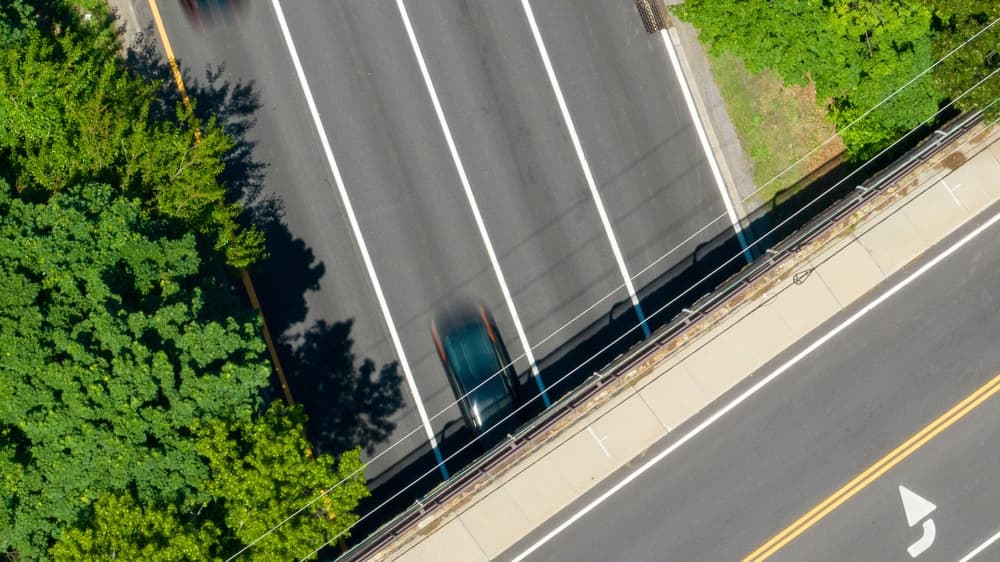
In just four years – 2016 through 2020 – 18.5 percent of road deaths in New York were on Hempstead Turnpike. From 2011 through 2021, more than 320 bicyclists and pedestrians suffered injuries or died in accidents on the most dangerous road on Long Island. Of those, 13 were fatalities. From 2016 through 2020, the road saw 19 fatalities, according to the Long Island Advocate.
The New York State Department of Transportation (NYSDOT) implements pedestrian and bicyclist safety features along the highway. In most cases, speed limits are between 30 and 40 miles per hour. In one section, the NYSDOT lowered the speed from 35 to 30 miles per hour. However, when traffic is low, people travel as fast as 65 miles per hour along the 16-mile road.
Other Dangerous Roads in New York State
Interstate 87 – The Thruway
While Hempstead Turnpike is the most dangerous road on Long Island, Interstate 87 (the Thruway) is the most dangerous road in the state. The Thruway is 570 miles long and features 118 interchanges, 815 bridges, and 27 service areas. It connects the city with tourist destinations and rural areas. The road sees 250 million vehicles every year.
In just one year, there were 18 fatalities in 17 fatal accidents along the Thruway. The NYS Thruway Authority estimates an average of 20 fatal accidents on this road every year. Over ten years, the Thruway saw 188 fatalities in 156 fatal wrecks.
The Taconic State Parkway
Because of the Taconic State Parkway’s narrowness and curviness, it is difficult to navigate for some people, especially when it is laden with traffic. It carries traffic from New York City to Upstate.
Niagara Falls Boulevard from Amherst to Tonawanda
This small stretch of Niagara Falls Boulevard has many signs, traffic lights, crosswalks, and traffic. While this road is much longer than where it joins Amherst to Tonawanda, this small area is the most dangerous section of the road.
Upper Broadway in Manhattan
Traffic is heavy on Upper Broadway in Manhattan, which is dangerous for pedestrians. However, many people have to walk across it. While this road made the top list, most of the injuries and fatalities were to pedestrians.
Lowering the Risk of Accidents on the Most Dangerous Road on Long Island
While you can’t control what other people do while driving, you can control your actions.
You can lower the risk of an accident by:
- Driving the speed limit
- Having situational awareness and not driving distracted – always look in front of you and glance to the sides.
- Watching for bicyclists and pedestrians in areas with more businesses during the day and more residences after work hours or when school is out
- Trying to avoid people driving recklessly – if you see someone driving recklessly, stay away from that vehicle, even if you have to pull off the road and stop for a few minutes so they get far enough ahead of you.
If you commute during rush hour, you could avoid traffic by taking back roads, especially if you are on the Turnpike for only a few miles.
Causes of Vehicle Accident Injuries
Negligent behavior is most often the cause of car accidents. An unforeseen medical emergency might sometimes cause an accident, but that is rarely the case.
To prove negligence, you must show:
- The defendant had a duty of care – every driver on the road has a duty of care to drive safely and to protect other drivers by abiding by traffic laws.
- The defendant breached the duty of care – driving distracted, under the influence, recklessly – all examples of breaching the duty of care.
- The defendant’s actions or inactions caused the accident
- You suffered damages as a result of the defendant’s actions or inactions
Sometimes, it is difficult to prove negligence. A car accident lawyer can help create a strategic plan to use in settlement negotiations or at a jury trial to help you recover the compensation you deserve.
Causes of vehicle accident injuries include:
- Driving under the influence of drugs or alcohol
- Driving while distracted
- Reckless or aggressive driving
- A medical emergency
- Poor maintenance
- The weather
- Poorly maintained roads
- Driving while fatigued
After a Car Accident on the Hempstead Turnpike or any of New York’s Other Dangerous Roads
If you suffered injuries or lost a loved one in an accident on the Hempstead Turnpike or any of New York’s other dangerous roads:
- Seek medical attention if you still need to do so – even if you believe your injuries are minor, something serious could pop up in a day or three. Seeking medical attention, especially at the accident scene, starts a paper trail documenting the accident and your injuries or potential injuries. It makes it harder for the defendant to convince the insurance company’s attorney or the lawyers representing the insurance company.
- Keep a journal of the accident, doctors’ appointments, therapy appointments, and your recovery journey – include how you feel every day, including your pain levels
- Always keep doctors’ appointments and therapy appointments – you’ll give the defendant fuel to accuse you of being injured less than you claim
- Always follow doctors’ instructions
In addition to the things you should always do, never:
- Post on social media. Defendants’ attorneys troll social media platforms for information they can use against you. Even an innocent photo of you going out to dinner with family can give defendants ammunition to use against you.
- Go back to work without a doctor’s permission.
- Do more at work than the doctor allows you to. If the doctor puts you on light duty, stay on light duty. You never know when an investigator will be poking around.
Vehicle Accident Injuries
The injuries you might suffer in an accident vary depending on the circumstances of the accident. Even then, different people could sustain different injuries in similar accident situations.
Some of the injuries you could sustain include:
- Bumps, bruises, scratches, cuts, and scrapes
- Road rash
- Strains and sprains
- Pulled and torn muscles and other soft tissue injuries
- Face and eye injuries
- Traumatic brain injuries
- Head, neck, and shoulder injuries
- Internal injuries
- Crushed bones and other crush injuries
- Chemical and thermal burns
- Ear injuries, including deafness, especially if the accident causes an explosion
- Back and spinal cord injuries
- Amputation of a digit or limb
Catastrophic injuries, such as traumatic brain injuries, amputations, and spinal cord injuries, could require you to undergo various therapy sessions for the rest of your life, including physical, occupational, psychological, and cognitive therapy.
You could also sustain secondary injuries, such as infections in open wounds or amputation of a digit or limb that a doctor can’t save. The defendant is also responsible for these types of injuries. Finally, the defendant is also for existing injuries or illnesses if car accident injuries caused them to worsen.
Recovering Damages After a Long Island Car Accident

If you prove the defendant’s actions or inactions were negligent, you could recover compensatory damages through economic and non-economic damages. The court orders these types of damages to make you financially whole again.
Most people injured in a car accident recover economic damages. In most cases, only those who suffered catastrophic injuries or lost a loved one can recover non-economic damages, as they are generally awarded to those whose injuries will cause long-term or permanent disabilities. Losing a loved one and traumatic brain injuries are examples of permanent disabilities.
Economic Damages
Sometimes referred to as special damages, economic damages have a monetary value and include:
Medical Expenses:
- Doctors’ appointments
- Surgeries and follow-up appointments
- Prescriptions and prescribed over-the-counter medications and implements
- Physical therapy
- Cognitive therapy
- Psychological therapy
- Occupational therapy
- Ambulatory aids
- Home health care
- Rehabilitative home expenses
- Nursing home expenses
- Hand controls for your vehicle
- Wheelchair ramps and lifts for your vehicle
- Accessibility options for your home include but are not limited to wheelchair ramps, widened doorways, handrails, and grab bars
Earnings
You could recover compensation for any lost wages or earnings you miss because of accident injuries. Additionally, if you suffered injuries that caused long-term or permanent disabilities that prevented you from working or lost a loved one in the accident, you could recover loss of future earning capacity.
Even if your disabilities allow you to work part-time or if the disabilities force you to work at a lower-paying full-time job, you could recover partial loss of future earning capacity.
Personal Property
After a car accident, you could recover compensation to repair or replace any personal property damaged or destroyed in the accident, including your vehicle and anything of value in the vehicle, such as cell phones, computers, textbooks, and even clothing.
Death-Related Expenses
If you lost a loved one in a car accident, you could recover compensation for funeral, burial, cremation, and certain probate court or probate attorney’s fees and costs.
Non-Economic Damages
Sometimes referred to as general damages, non-economic damages do not have a monetary value and include:
- Pain and suffering, including emotional distress
- Loss of quality of life if you have to make life-long changes, such as using ambulatory aids or taking prescriptions
- Loss of consortium if you can no longer enjoy a physical relationship with your spouse
- Loss of companionship if you can no longer enjoy spending time with your family or attend family activities and events
- Loss of use of a body part, such as a foot or hand
- Loss of use of a bodily function, such as your eyesight or hearing
- Excessive scarring and disfigurement
- Amputation of a digit or limb
- Inconvenience if you have to hire someone to do your usual chores, such as grocery shopping, house cleaning, lawn maintenance, or home repair and maintenance
Punitive Damages
Though the court rarely awards punitive damages in New York, they are available if you can prove the defendant’s actions or inactions were more than negligent. They must be grossly negligent. While it takes extra time to ask the court for punitive damages, in some cases, it’s worth the extra time and effort to request them.
The court does not order a defendant to pay punitive damages to make you whole again. Instead, it orders the defendant to pay punitive damages as a punishment for the defendant’s egregious behavior.
Working With a Long Island Car Accident Lawyer
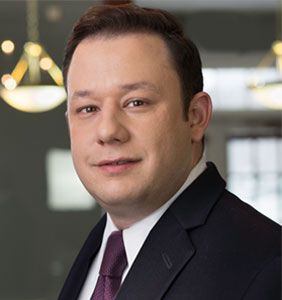
After a car accident, you should always retain an experienced car accident attorney. Insurance companies will do everything possible to deny your claim. Barring that, the insurance companies will offer you a pittance and will usually not move on that amount.
When you retain a car accident lawyer, the insurance companies know you are more likely to file a lawsuit. They also know that going to court will most likely cost them more than a fair and reasonable settlement since they will have to pay their attorneys and your attorneys for trial time, much more than if your attorney conducts settlement negotiations on your behalf.
If you suffered injuries or lost a loved one in a car accident on Long Island, contact a car accident lawyer for a free case evaluation.
